Medical Device Customer Applications
The remarkable performance and versatility of the Polaris® optical measurement and Aurora® and 3D Guidance® electromagnetic tracking solutions have enabled real-time 3D tracking technology to be integrated into increasingly sophisticated applications and markets, including academic research, medical trainers, and medical device manufacturers.
Here are some examples of how our OEM medical device customers have incorporated our tracking technologies as a component of their system workflow. While some application examples have traditionally been addressed by either optical measurement or electromagnetic tracking, due to continual research and development advancements, new opportunities exist with both 3D tracking technologies. (Note: it is the sole responsibility of the medical device OEM to determine the suitability and intended use of 3D tracking technology.)
Optical Measurement
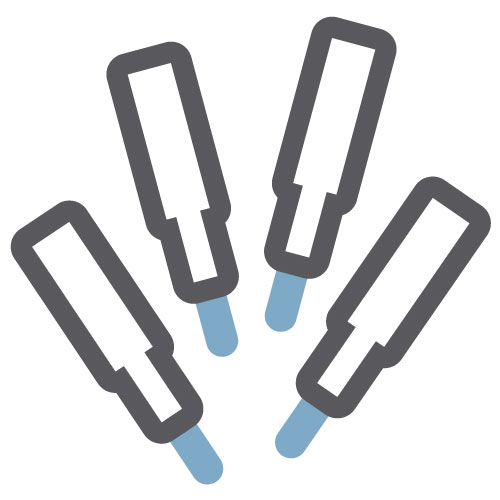
Robotic-Assisted Surgery
Track the position of the robot base, surgical tools attached to the end-effector and the patient, at update rates required for closed-loop, robotic-guided orthopaedic procedures such as spinal fusion and joint replacements.
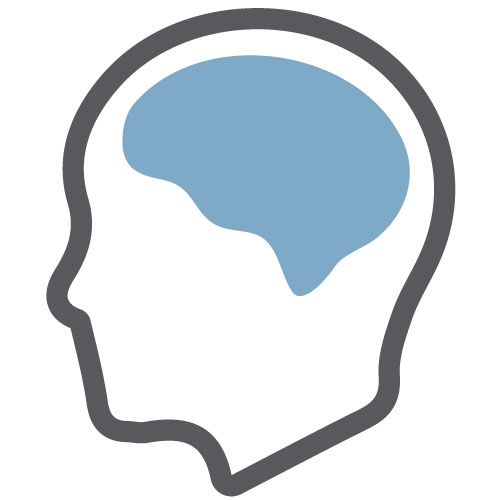
Neurosurgery
Execute your surgical plans accurately by navigating in real-time using rigid bodies and probes to register a patient’s anatomy to preoperatively acquired images.
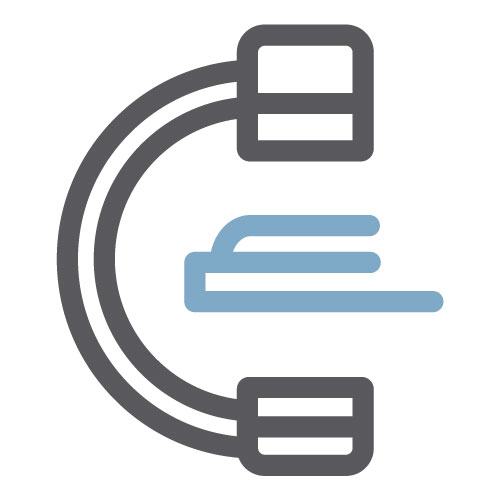
Radiation Therapy
Maintain accurate positioning and delivery of radiation to the target site by monitoring patient position, movement of the patient couch, and patient motion for respiratory gating.
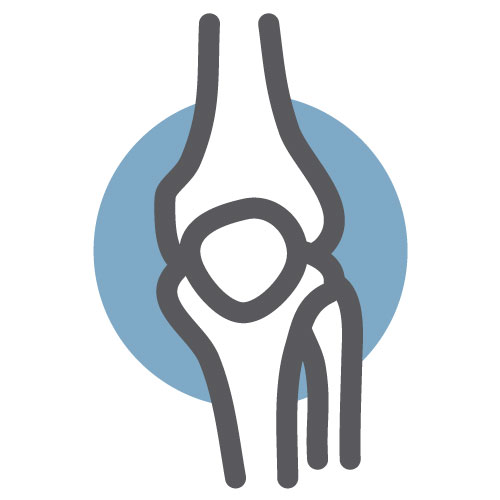
Orthopaedics – Arthroplasty
Register and track bony anatomy for positioning and alignment of implant fit, measurement of joint rotations and offsets, and to visualize and guide the angle and depth of tool cuts.
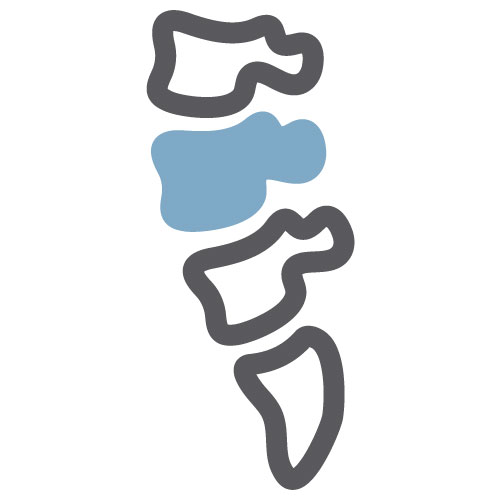
Spinal Surgery
Fuse tracking data with preoperative images, which helps enable instrument visualization and navigation during the placement of pedicle screws or during microdiscectomies.
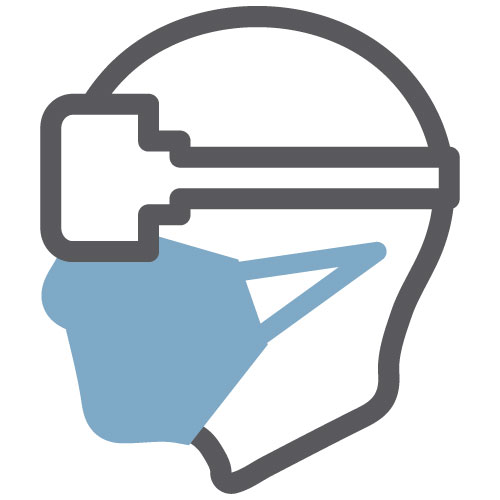
Augmented Reality (AR)
Augment the tracking of surgical tracking tools within existing procedures by adding an AR visualization (overlay) of internal structures via image fusion.
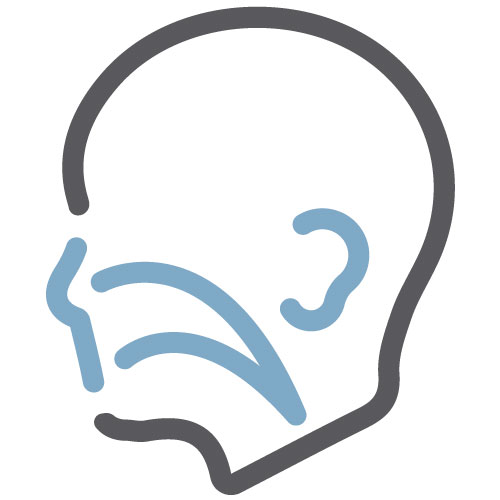
ENT or FES Surgery
Track the positions of endoscopes, shavers, and suction devices in real time to avoid contacting the optic nerve as well as other critical cranial anatomy near the sinuses.
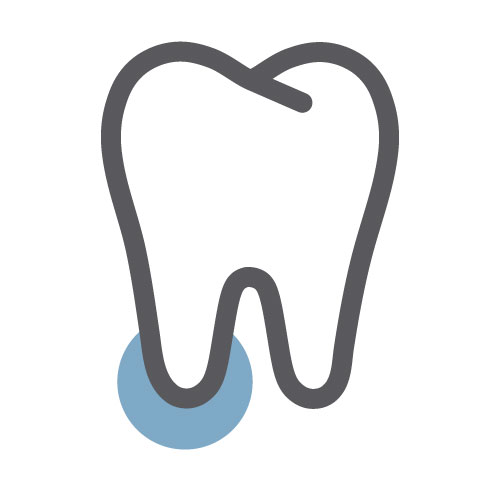
Dental Surgery
Maintain correct drilling angle and depth (and avoid the mandibular nerve) by tracking the jaw’s position relative to preoperative CT scans. Visualize and position the placement of dental implants.
Electromagnetic Tracking
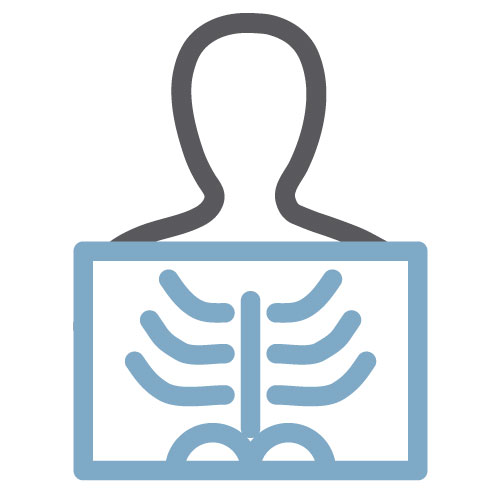
Interventional Radiology and Imaging
Fuse live ultrasound images with pre-acquired CT or MRI image sets to localize an ultrasound transducer and needle relative to each other in multiple modalities, within the same measurement volume.
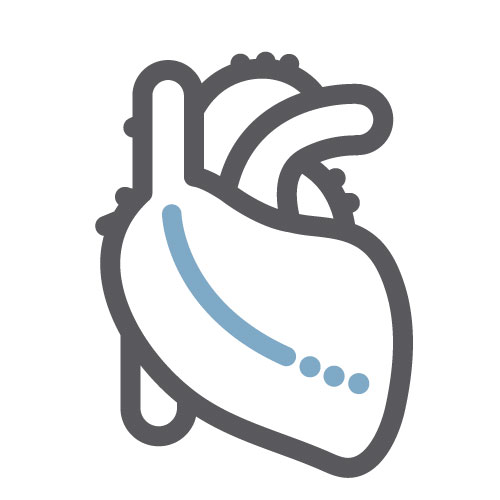
Cardiology and Electrophysiology
Embed sensors into the tips of diagnostic and ablation catheters to create electro-anatomical maps, which can be used to navigate and target areas of the heart to be treated.
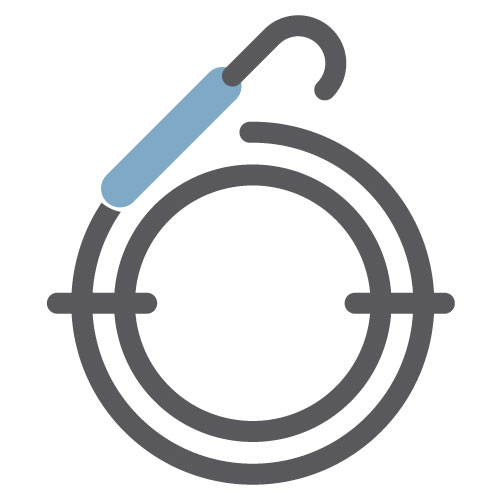
Guidewire and Catheter Tracking
Track guidewires and catheters through difficult-to-access and/or tortuous anatomies for a wide variety of vascular, abdominal, and minimally invasive procedures.
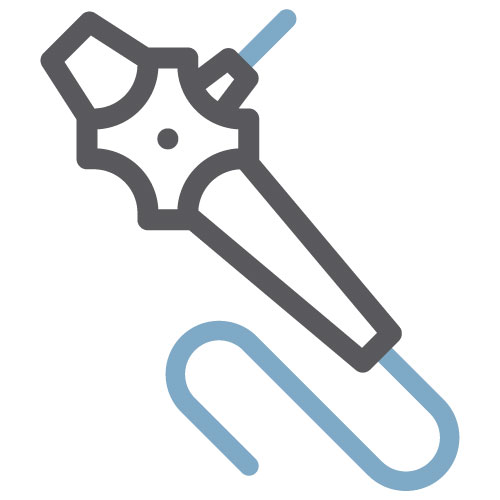
Endoscopy
Embed a sensor into a scope to map and navigate complex anatomical tracts during colonoscopies and bronchoscopies, and to monitor the real-time position of the patient during the procedure.
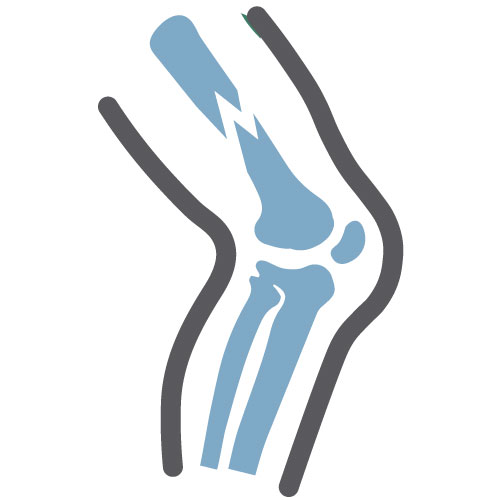
Orthopaedic Trauma
Align the drill’s position and trajectory to distal holes for quick and precise fixation of locking screws for intramedullary nails – without the use of intraoperative fluoroscopy.
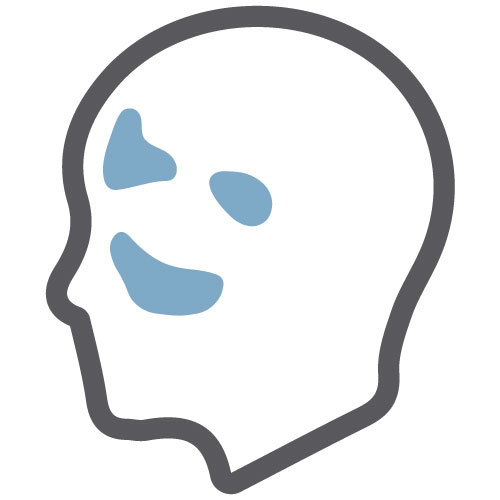
ENT or FES Surgery
Track the positions and orientations of endoscopes, shavers, and suction devices in real time to avoid contacting the optic nerve as well as other critical cranial anatomy near the sinuses.

Robotic-Assisted Surgery
Track the positions of flexible endoscopes, laparoscopic ultrasound and other surgical instruments during abdominal and thoracic procedures at update rates required for robotic control.
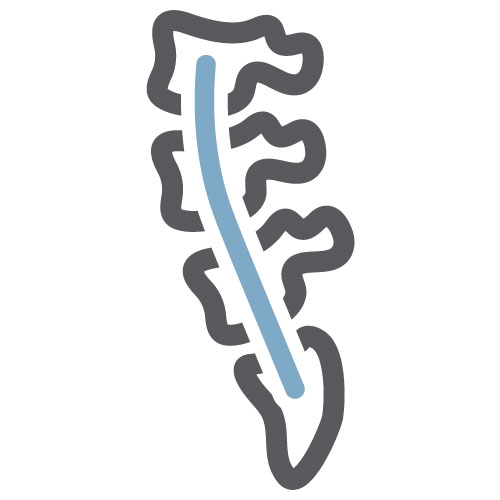
Spinal Surgery
Fuse tracking data with preoperative images, which helps enable instrument visualization and navigation during the placement of pedicle screws or during microdiscectomies.
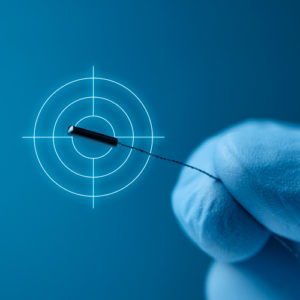
Legal Disclaimer
NDI tracking and measurement products are general metrology components that can be integrated into customer products, research experiments, and/or as components of medical devices that require precision measurement and tracking. While NDI components and technology can be integrated into original equipment manufacturer (OEM) medical devices, they are not specifically intended for a given application and, as such, have not been developed or manufactured in accordance with medical device standards. It remains the responsibility of the OEM customer or end-user to determine and test the suitability of NDI components and technology for their intended use, including performing any required ethics approval, verification, and validation required to demonstrate suitability and compliance. System-level testing, certification, and validation are the responsibility of the original equipment manufacturer or the applicable end-user and should be completed prior to the use of NDI products or technologies in any application.